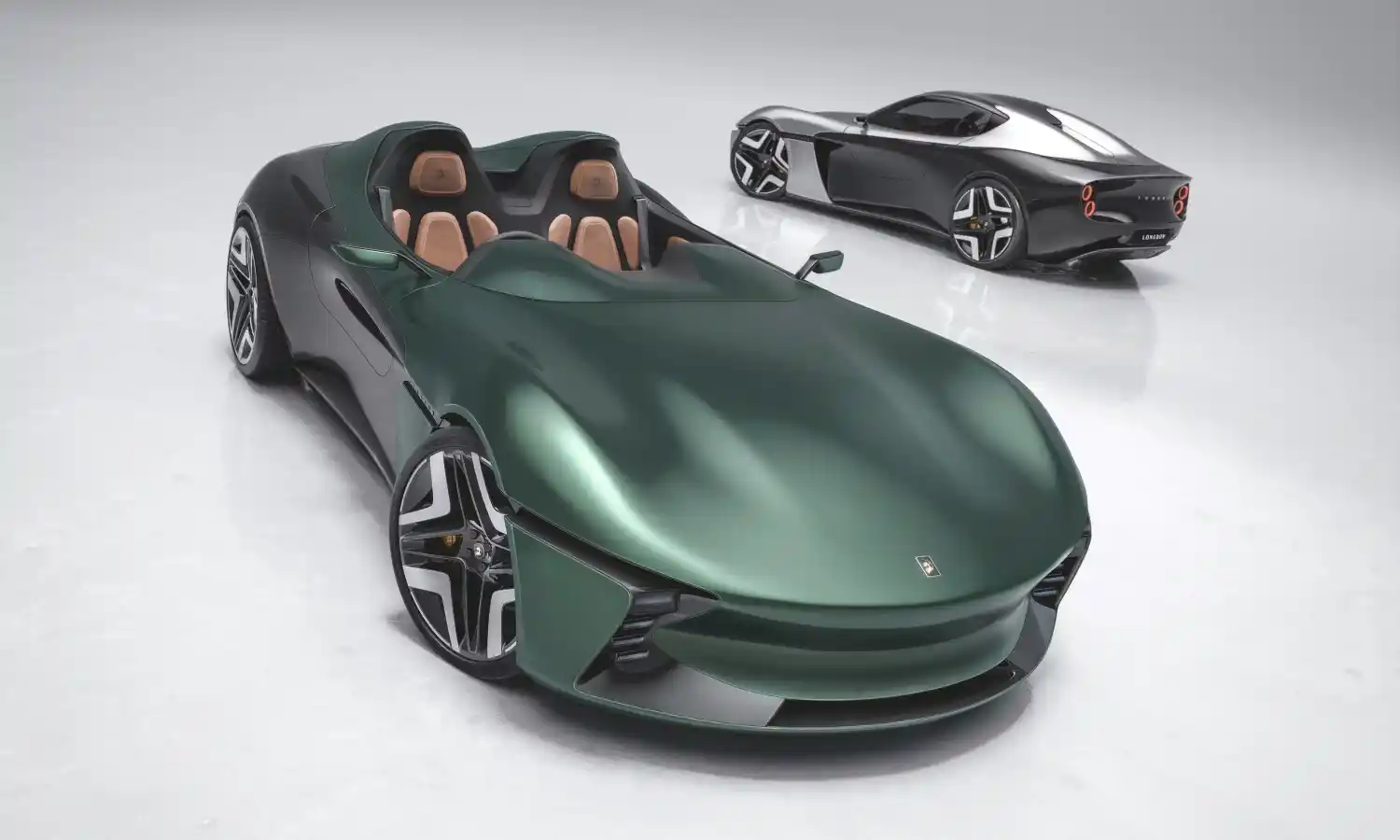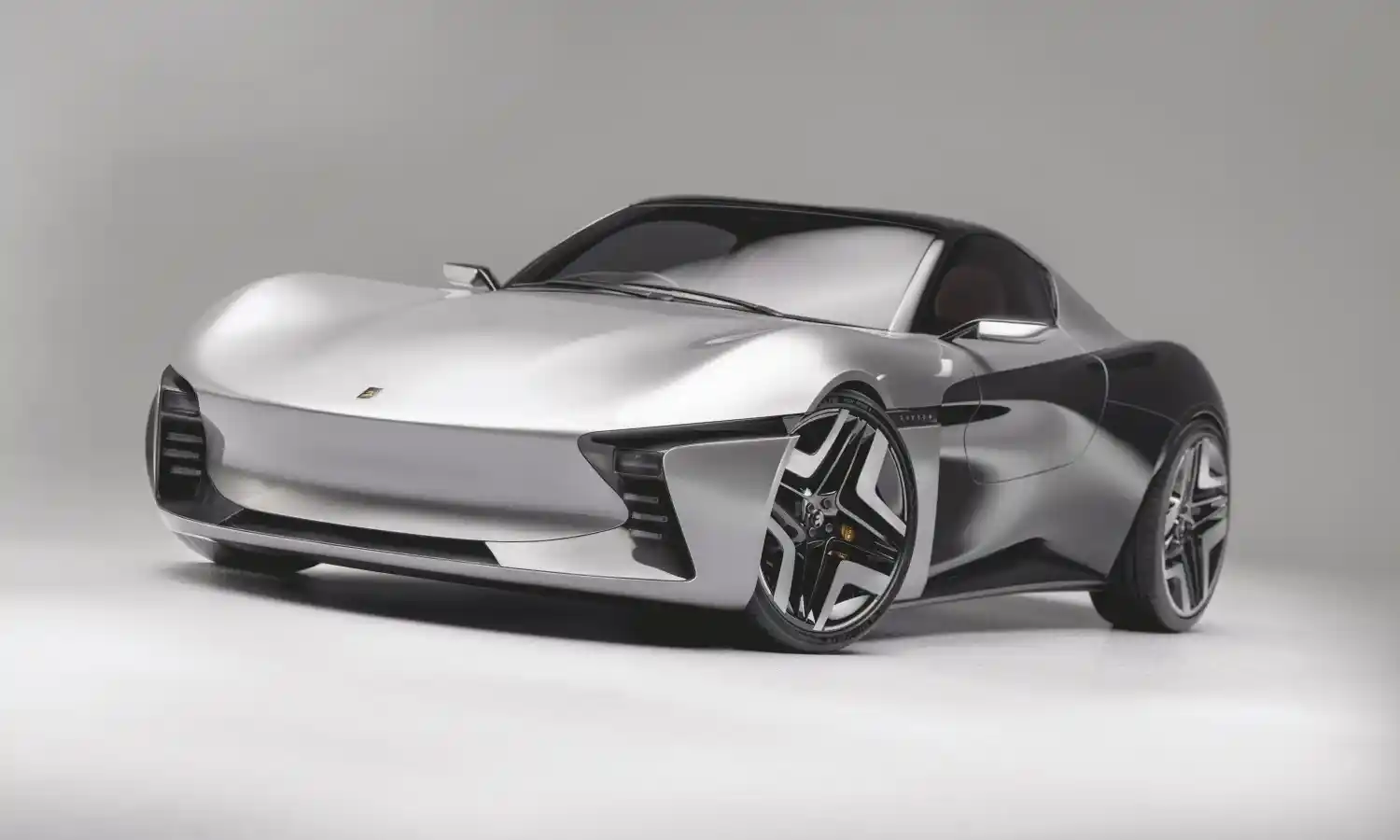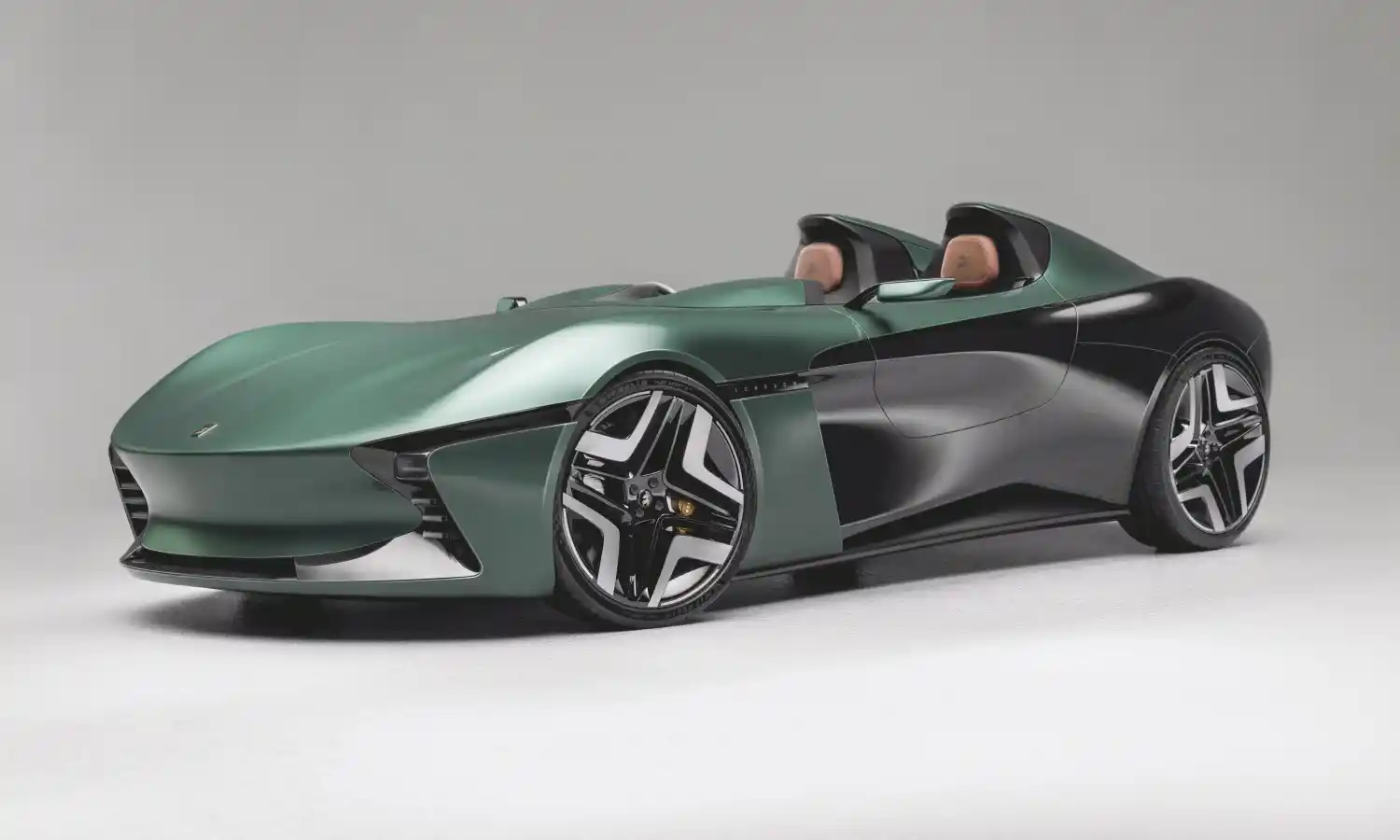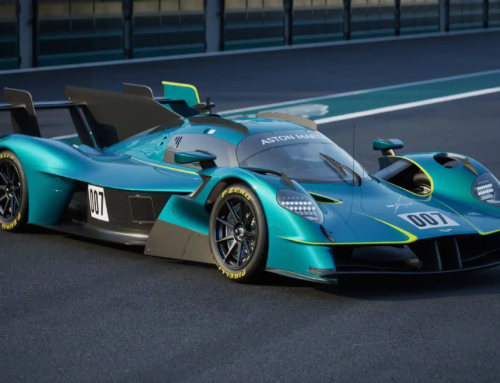Electric vehicles (EVs) are here to stay, like it or not. They have their pros and cons, but automakers were forced down this road and there is no turning back now. One of the major drawbacks of EVs is that of mass. Batteries are heavy and adding more of the power source really blunts performance. However, British carmaker Longbow is aiming to rewrite this part of the playbook.
Follow Double Apex on Instagram and Facebook where we share more car content.
Amidst the e-mobility revolution, we have lost something important. Many modern ‘sportscars’ tip the scales at 1 500 kg and BEVs can reach almost double that. There is a need for a more driver-oriented, featherweight, electric sportscar – one that is attainable and accessible, for those who love driving and the places it takes them. That is why we have created Longbow. Our first two cars, Speedster and Roadster embody everything a modern driver’s car should be: agile, balanced, electric, and exhilarating. We are reviving an icon, the lightweight British sportscar
– Daniel Davey, Co-Founder, CEO at Longbow
A New Segment
Longbow is introducing two models that it calls the Speedster and Roadster. These are part of a new category it refers to as the Featherweight Electric Vehicle (FEV). This is a new take on the long tradition of lightweight sportscas that have come from the UK. The list includes the likes of the Lotus Elise, Ariel Atom and BAC Mono, to name just a few.
Lightweights
The Longbow Speedster and Roadster were conceived using the company’s motto Celeritas Levitas or ‘the speed of lightness’. Both cars are based on a new bespoke aluminium platform and powered by all-electric drivetrain. Longbow claims that they tip the scales at sub-995 kg each.
The open-top Speedster is said to weigh just 895 kg. As a result it can sprint from 0 to 100 km/h in 3,5 seconds. Additionally, it has a range of 440 km. Only 150 hand-built examples will be produced. The closed cockpit Roadster will be produced after its open-top sibling. It weighs a fraction more at just 995 kg. As a result it takes 1/10th of a second longer for the benchmark sprint. It will also be built in limited numbers.




![Chevrolet Corvette ZR1X: An American Hypercar [w/video]](https://doubleapex.co.za/wp-content/uploads/2025/06/Corvette-ZR1X-with-aero-kit-500x383.webp)
![2025 FIA WEC 24 Hours of Le Mans: Race Report and Ramblings [w/video]](https://doubleapex.co.za/wp-content/uploads/2025/06/2025-FIA-WEC-24-Hours-of-Le-Mans-start-500x383.webp)


Leave A Comment